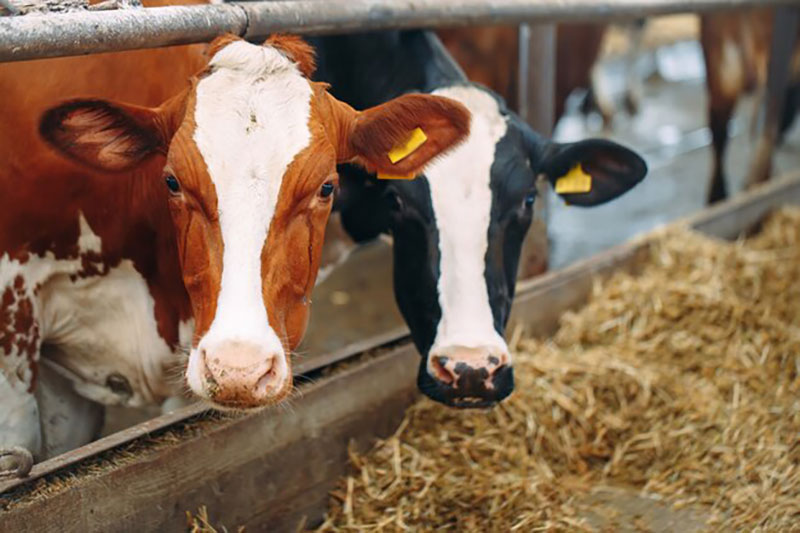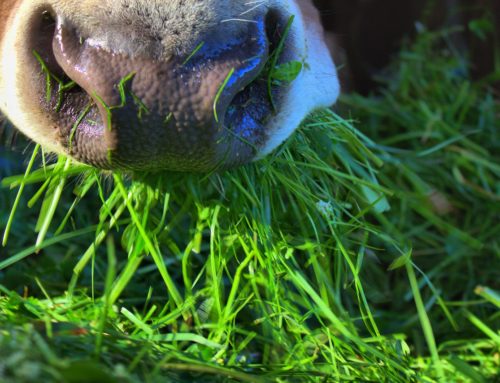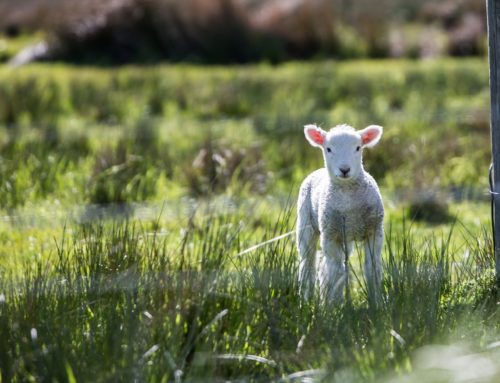This week’s snowy weather has reminded cow-calf producers that winter hay feeding has begun or will begin shortly.
Estimating forage usage by cows is an important part of the task of calculating winter feed needs. Hay or standing forage intake must be estimated in order to make the calculations. Forage quality will be a determining factor in the amount of forage consumed. Higher quality forages contain larger concentrations of important nutrients so animals consuming these forages should be more likely to meet their nutrient needs from the forages. Also, cows can consume a larger quantity of higher quality forages.
Higher quality forages are fermented more rapidly in the rumen leaving a void that the animal can re-fill with additional forage. Consequently, forage intake increases. For example, low-quality forages (below about 6% crude protein) will be consumed at about 1.5% of body weight (on a dry matter basis) per day. Higher-quality grass hays (above 8% crude protein) may be consumed at about 2.0% of body weight. Excellent forages, such as good alfalfa, silages, or green pasture may be consumed at the rate of 2.5% dry matter of body weight per day. The combination of increased nutrient content AND increased forage intake makes high quality forage very valuable to the animal and the producer. With these intake estimates, now producers can calculate the estimated amounts of hay that need to be available.
Read more: https://www.drovers.com/article/how-much-hay-will-cow-consume-0



